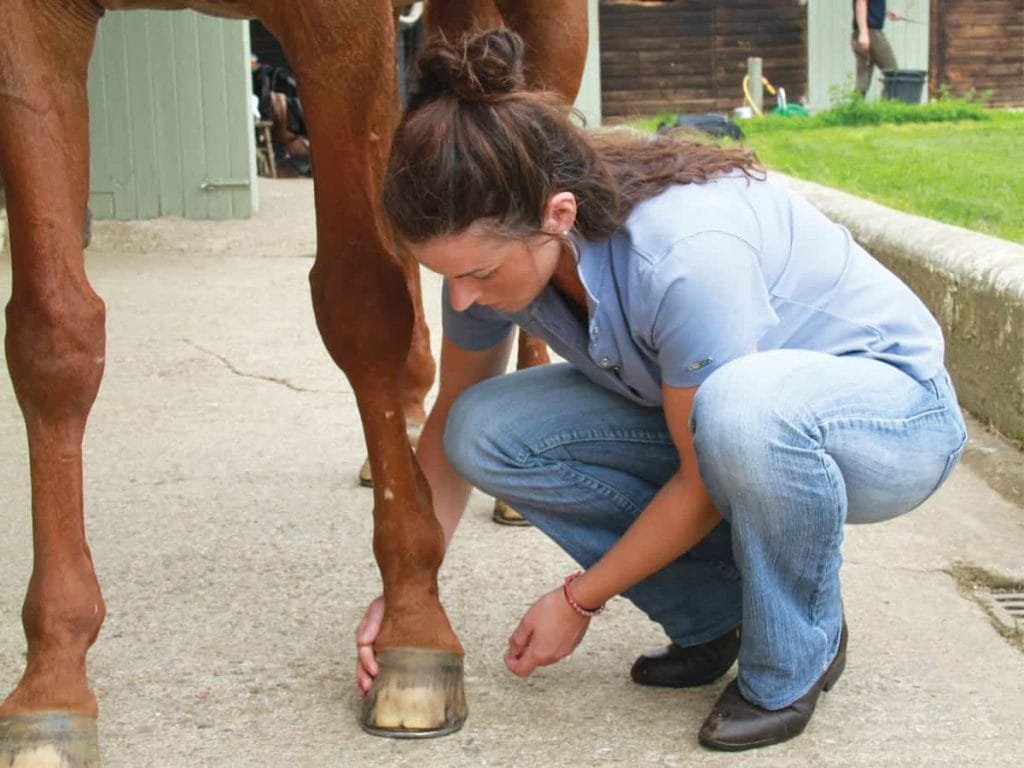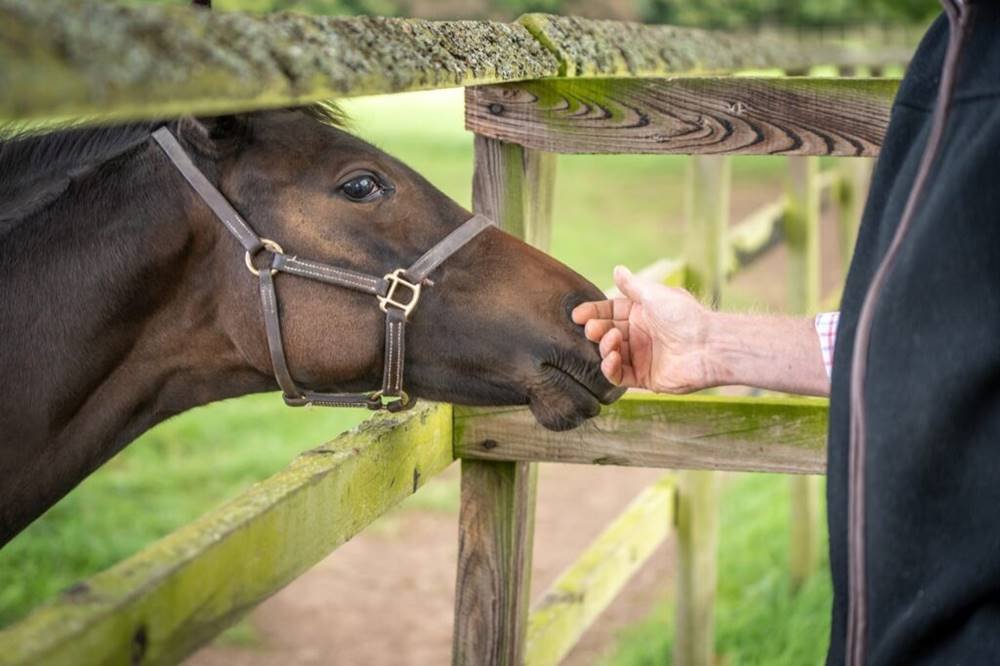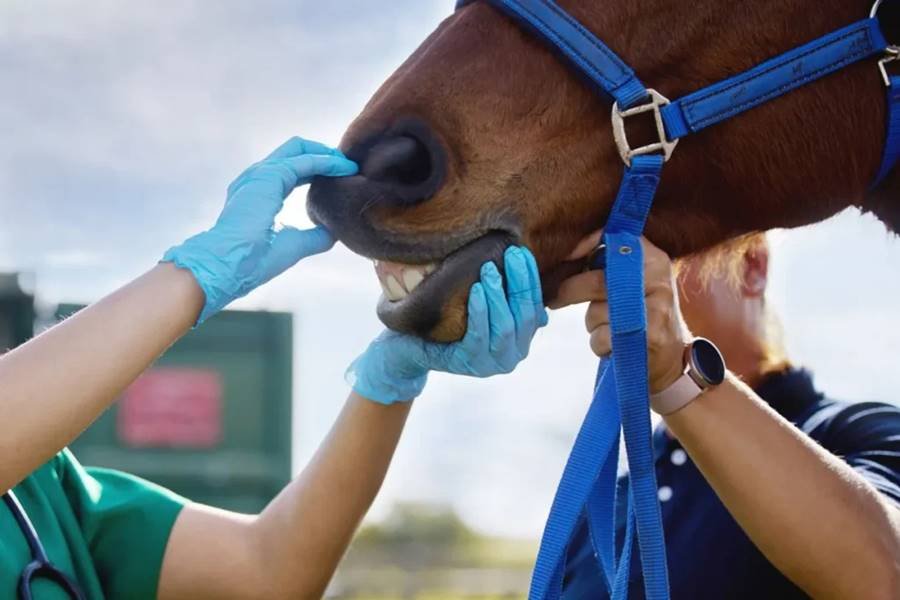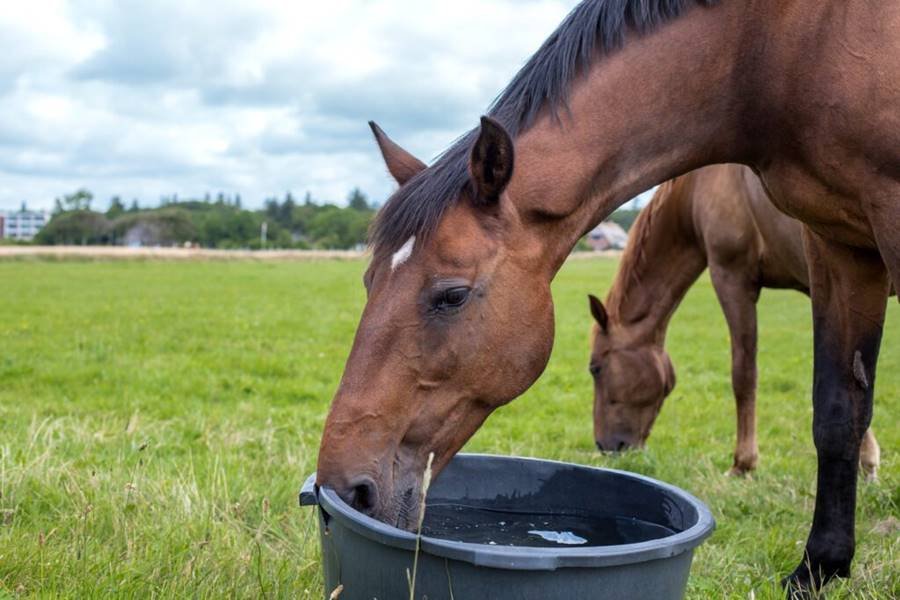Understanding Sidebones in Horses
What Are Sidebones?
Sidebones are a condition that occurs in horses, specifically affecting the cartilage that surrounds the coffin bone in the hoof. Normally, this cartilage is flexible and allows for normal hoof function. However, in some horses, particularly those with certain conformation or workload, this cartilage can harden and turn into bone, resulting in a condition known as sidebones.
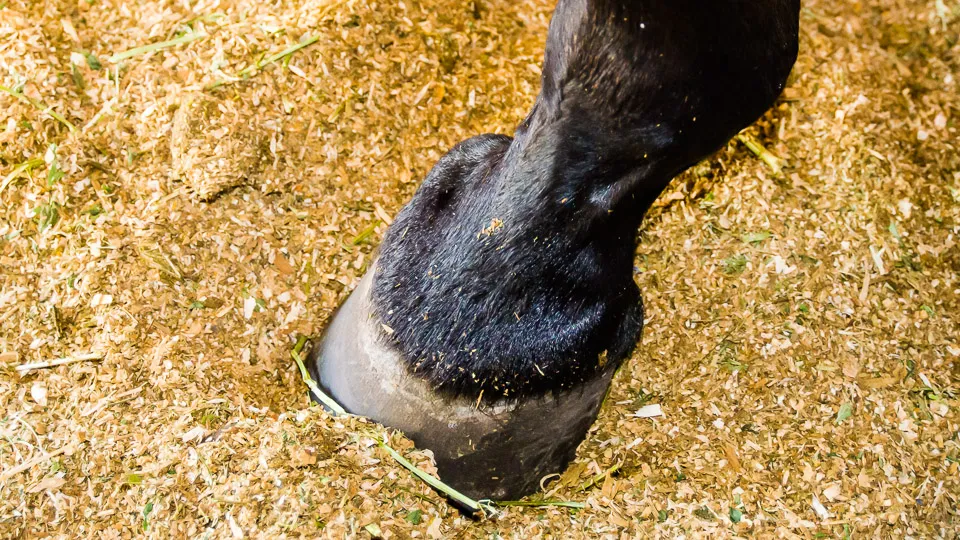
Causes of Sidebones
Several factors contribute to the development of sidebones:
- Genetics: Some breeds are more predisposed to developing sidebones, particularly heavier breeds or those with specific conformational traits.
- Age: Older horses are more likely to develop sidebones, as the cartilage naturally hardens over time.
- Workload: Horses that are frequently involved in hard, repetitive work can develop sidebones due to the increased stress on their hooves.
- Improper Hoof Care: Lack of regular hoof maintenance, such as trimming and shoeing, can contribute to the development of sidebones.
- Conformation: Horses with certain conformational faults, such as straight or overly upright pasterns, may be more susceptible.
Symptoms of Sidebones
Horses with sidebones may exhibit various symptoms, including:
- Lameness: This is often the most noticeable sign. The horse may show discomfort or reluctance to move, particularly on hard ground.
- Hoof Changes: The hooves may appear abnormal, with a change in shape or size.
- Heat in the Hoof: The affected area may feel warmer to the touch.
- Swelling: There may be visible swelling around the hoof area.
Diagnosing Sidebones
Veterinarians typically use a combination of physical examination and imaging techniques to diagnose sidebones.
- Physical Examination: The veterinarian will assess the horse’s hooves, looking for signs of lameness or abnormalities.
- Radiography: X-rays are commonly used to visualize the extent of the condition. They can show the presence of calcified areas and help in assessing the severity of the sidebones.
- Ultrasound: In some cases, ultrasound may be used to evaluate the soft tissues around the hoof.
Treatment Options
Managing sidebones often requires a multifaceted approach:
- Rest: Allowing the horse to rest can help alleviate lameness and reduce inflammation.
- Hoof Care: Regular trimming and shoeing by an experienced farrier are crucial. Correct hoof balance can help reduce stress on the affected area.
- Anti-inflammatory Medications: Non-steroidal anti-inflammatory drugs (NSAIDs) may be prescribed to manage pain and inflammation.
- Therapeutic Shoeing: Custom shoes or pads can help alleviate pressure and improve comfort.
- Physical Therapy: Techniques such as massage or therapeutic exercises may aid recovery.
Prevention Strategies
While not all cases of sidebones can be prevented, certain strategies can help reduce the risk:
- Regular Hoof Care: Keeping up with routine hoof care can prevent many issues related to hoof health.
- Balanced Diet: Ensuring the horse receives a well-balanced diet supports overall hoof health.
- Appropriate Workload: Gradually increasing a horse’s workload and providing adequate rest can help prevent stress-related conditions.
- Conformation Considerations: Being mindful of a horse’s conformation when selecting horses for specific activities can help reduce the risk of developing sidebones.
- Monitoring and Early Intervention: Regular check-ups with a veterinarian can help catch potential issues early.
Conclusion ;Artificial sidebones, while a serious condition, can be managed effectively with the right approach. Understanding the causes, symptoms, and treatment options is essential for horse owners. Regular hoof care, appropriate workload management, and early veterinary intervention are key to maintaining a horse’s hoof health. With proper attention, many horses can continue to lead active and comfortable lives, minimizing the impact of sidebones on their overall well-being.

